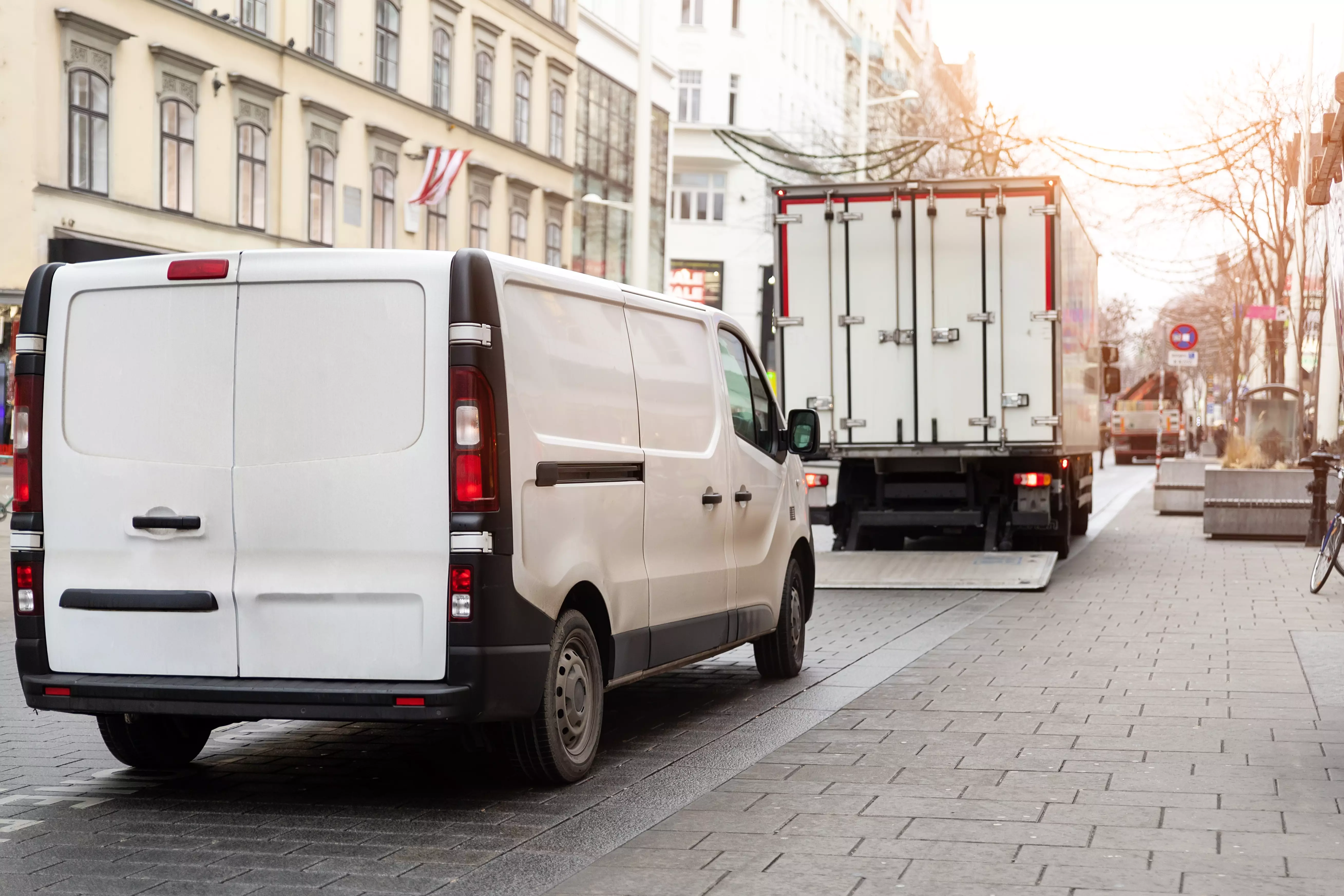Improving the quality of life in cities via a smart logistics concept
There has been a massive upsurge in online sales in Switzerland in recent years, which has resulted in an increase in deliveries in cities. This brings with it more congestion, air pollution and noise. A new urban logistics solution aims to put this right. Working together with partners from the worlds of retail, logistics, science and the public sector, the ZHAW has developed a sustainable concept which aims to improve the quality of life in cities.

Packages stacked up in front of building doors and long queues at the post office – these are scenes that most people are familiar with from the coronavirus crisis. The trend towards online retail is set to continue – even after the end of the pandemic. According to the Swiss Federal Office for Spatial Development, parcel traffic will increase by a further 75 percent by 2040, with goods traffic subsequently rising by 37 percent. Furthermore, warehouses and distribution centres have been pushed to the outskirts of cities and to the countryside in recent years, as any space available within cities is needed for housing and offices. This brings with it high congestion costs, air pollution and noise. A flagship project supported by Innosuisse and headed by the ZHAW now hopes to bring together all of the parties involved in this situation. The common objective is to reduce logistics traffic within cities and thus to improve the quality of life in urban areas.
The bundling of deliveries
The planned solution is based on cooperation between three hubs: In a distribution centre outside of the city, deliveries from different retailers are collected and transported to a multi-functional transhipping centre within the city’s congestion zone. From there, the packages are distributed to microhubs within the individual districts. “At present, every lorry travels through the city once, distributing goods. With a hub in the city centre from which goods can be distributed locally, deliveries can be bundled much easier,” explains Maike Scherrer from the Institute of Sustainable Development at the ZHAW, which is heading the project. A pilot project is scheduled to be carried out in the city of Zurich, which is one of the project partners.
Distribution centres for a wide range of goods
The requirements of the various goods and the corresponding design of the urban multihubs situated close to Zurich main station are also part of the project. The individual floors are to be designed for the different goods categories. “The aim is for the hub to be used by a large number of partners, whereby the users only pay for the space that they actually occupy,” says Maike Scherrer. “We are also factoring the return transport of recycling materials into the planning, as this is important to our industrial partners.”
Microhubs to cover the last mile to the customer
Microhubs are being set up in the city of Zurich to cover the last mile to the customer. There are plans to test different models in these microhubs. “Package boxes can, for example, be integrated into VBZ bus and tram stops. In addition, a number of stores can act as microhubs for other stores. We would also like to test the idea of a mobile hub,” comments the project manager. “It is important that the hubs are as close to home addresses as possible.” This is because it is ultimately the customers who will decide whether the concept works or not, and they want the concept to be as convenient and secure as possible. Gamification approaches that will accompany the use of the hubs are also being tested within the project.
Cooperation between competitors
The project consortium, which will run for five years, includes retailers such as IKEA, H&M and Zalando, which work with various shipping partners. Post Schweiz AG and Cargo Sous Terrain are also involved in the project. Despite each company pursuing similar interests, they are also in competition with one another. A sub-project is therefore dedicated to the question of under which conditions the various end-customer suppliers and logistics companies are prepared to join forces and supply the same multihubs and microhubs. The provision of CO2 certificates or the use of a sustainability label could provide an incentive in this respect. At the end of the project, an extensive assessment framework will be developed. This could be used as the basis for identifying suitable locations in cities for distribution centres and for evaluating the impact on social, environmental and economic sustainability.